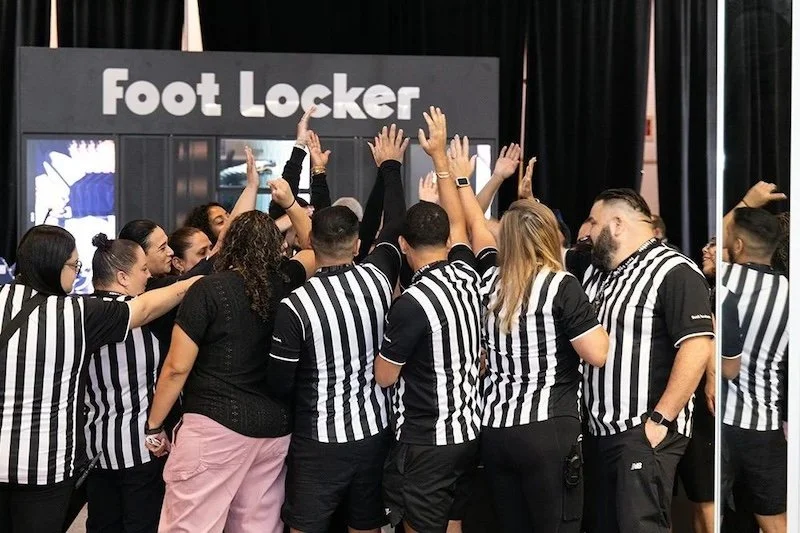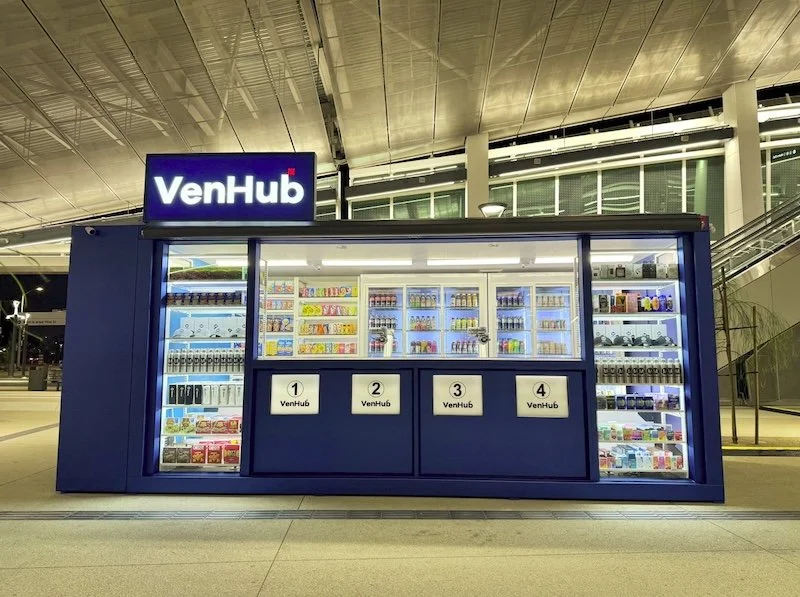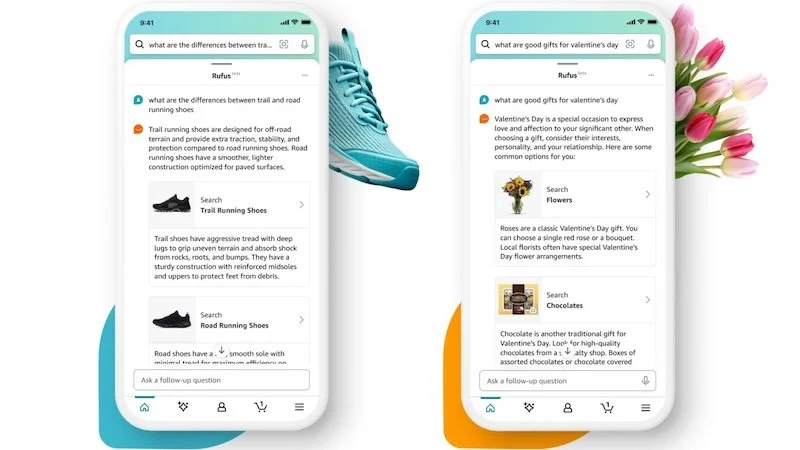Taking a look at how the 2020s redefined the way we onboard remote teams
Starting a new job used to follow a familiar routine: a handshake, a desk, maybe a welcome email printed out next to a branded mug. That pattern has shifted, quietly at first, then all at once.
The way companies bring people into their teams no longer depends on being in the same building, or even on the same continent. In the past few years, remote onboarding has evolved into its own discipline - part logistics, part culture building, part retention strategy. What began as a temporary response has become a permanent part of how modern teams grow.
A pandemic that rewrote the rules
Before 2020, remote onboarding was rare, mostly reserved for fringe hires or niche roles. Europe saw only around 8%-11% of employees working remotely, while the US hovered under 6% for full-time remote roles. Then the pandemic hit. By mid-2020, nearly all white collar workers were adapting to work-from-home setups.
With no time to lose, HR teams had to reinvent onboarding overnight. Microsoft research reported new developers onboarded remotely did not meet teammates in person at all, a huge shift from traditional orientation. Yet this change opened new opportunities to build meaningful connections through Zoom calls, Slack channels, and other digital tools.
While some companies initially saw up to a 68% drop in casual interactions compared to office-based settings, many are now rethinking how to foster engagement and collaboration in a virtual first world.
Photo credit: Freepik.
From local to global: glocal squads
As remote hiring opened doors worldwide, teams became genuinely global. In 2023, US data shows that roughly a third of all workdays were performed remotely. Among remote capable employees, about 52% worked in hybrid roles, while 28% were fully remote. Suddenly, new employees could be onboarding from Madrid or Medellín, all starting together in a single cohort.
This “glocalisation” meant HR operations had to account for multiple time zones, cultural expectations, employment laws, and onboarding workflows. Instead of one classroom, orientation became a blend of webinars, localised training sessions, and global meet and greets, often custom tailored to where someone lived.
The stakes are higher as remote onboarding goes competitive
Now, remote friendly companies have a serious edge. A PwC survey found 83% of employees who are able to work remotely want to keep at least some of that flexibility. Take away that flexibility, and almost half of remote-capable employees might quit. That makes strong remote onboarding more than “nice to have”.
In this new landscape, how you welcome someone on day one can shape their whole journey with your company. Remote onboarding is no longer just about sending login credentials and a welcome email but about making new hires feel supported, informed and part of the team from the very start.
When that connection is missing, people feel lost, disconnected and unsure where to turn. In this world where flexibility is expected, the way you onboard can be the deciding factor between retaining top performers or losing them to someone who just did it better.
Innovating the experience
That is why savvy companies have doubled down on the human touch in digital platforms. AI chatbots guide new hires through paperwork, self-service portals grant access to tools instantly, and augmented reality apps are now used for virtual office tours.
Businesses like Hitachi automated new-hire access with AI, cutting setup from weeks to minutes and freeing HR from repetitive tasks. And AR tools from TeamViewer enable remote walk-throughs of workspaces, reducing confusion and speeding up engagement. It is onboarding for the 21st century.
What does this mean for employers
So, if you are building or scaling a team, here is what matters for remote onboarding:
1. Automate the basics. Use portals and bots for paperwork and welcomes.
2. Build real connections. Culture cannot just load from a PDF. Pair new hires with buddies early.
3. Global inclusivity. Remote teams span time zones, cultures, and languages, so your onboarding should, too. Schedule sessions with flexibility, offer localised resources, and acknowledge regional holidays or customs.
4. Measure outcomes. Did retention go up? Are new hires saying they felt ready? If not, iterate fast.
The bigger picture
The 2020s taught us the obvious: if onboarding does not adapt, people slip through the cracks. Better yet, it showed what’s possible. With intent, technology, and empathy, digital first onboarding can create teams that are frankly more connected than they would ever be in person.
If your company is not thinking hard about remote onboarding, it is falling behind. And in a tight labour market, falling behind is not an option.































Continue reading…